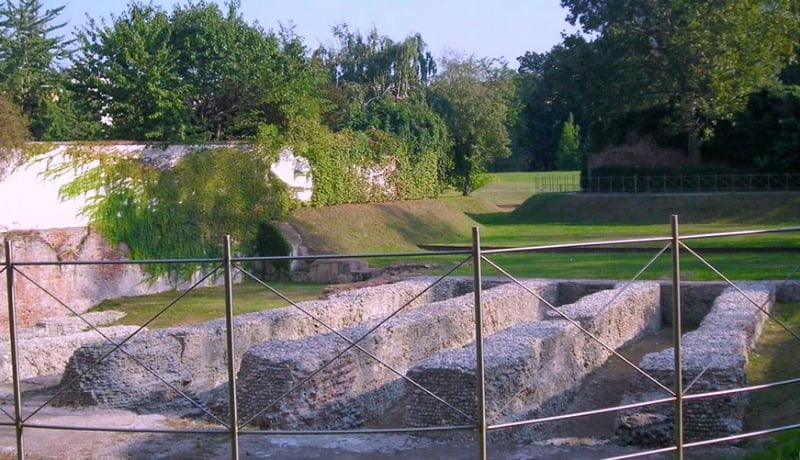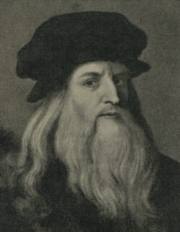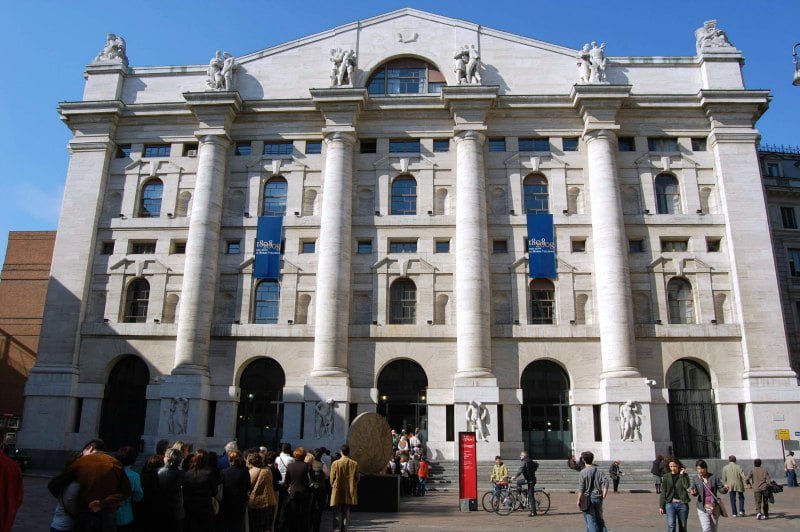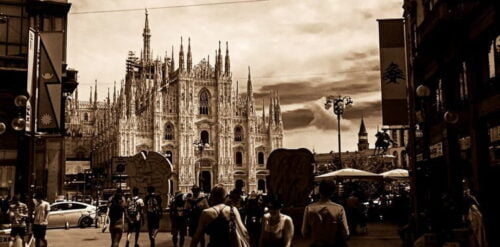Perhaps history of Milan is not so enchanting and fascinating as the history of Rome but still this city has gone through quite a turbulent journey through its past.
Famous People Of Milan
Before I start the journey through its history, let’s stop for a moment on the name of this city. Milan (English name ), Milano (Italian name) is the capital city of the Province of Milano and of Lombardy region (Lombardia) in northern Italy.
During the Roman rule, its name was Mediolanum. Analyzing the meaning of this name, we can easily understand the geographic position of the city. Name Mediolanom consists of two words, ‘medio‘ and ‘lanum‘. The suffix lanum means plain and medio means middle or midst. Therefore Mediolanum means in the midst of the plain.
The German name for the city is Mailand, while in the local Lombard dialect, the city’s name is Milán, similar to the French.
The most important stages in the history of Milan
I don’t like to bored you with tedious listing of the historical dates in Milan’s history but a short overview of different rulers who conquered and ruled the city and the region. I intend to take a closer look of what different rulers have left behind, above all in terms of historical monuments and cultural heritage.
Celtic period
The settlement that was to become Milan was founded by Celtic tribes around 600 B.C. The whole region was called Incubria. The founder of the city was Belloveso, the chief of the Celtic tribe. There is a legend that Bellovaso found a mythological animal known as the “half-woolly sow’ which became the symbol of Gallic Milan until the end of the 4th century. The data is from municipality of Milan website!
Roman rulers
Roman consul Gnaeus Cornelius Scipio Calvus conquered the city in 222 B.C, giving the city its Latin name – Mediolanum. The whole region was called Cisalpine Gaul (meaning on this side of the Alps). After several centuries of Roman control, Milan was declared the capital of the Western Roman Empire by Emperor Diocletian. Although in the history of Milan, Roman domination lasted some centuries, today there are few traces left in Milan. I’ve personally know only three monuments left from that period:
Le Colonne di San Lorenzo – Where: Corso di Porta Ticinese

Roman Theater Archeological Site – Where: Via De Amicis, 17

Porta Romana

Renaissance under the Visconti and Sforza families

This is the Renaissance period in the history of Milan, always considered the most flourishing chapter when Milan became a strong monarchy under a succession of powerful dukes. The Visconti family ruled as dukes almost continuously more than a century.
Later when Milan came under the Sforza family and Ludovico il Moro, the city became the center of the most important artists of the period. One of them and absolutely the most famous in the history of Milan, was Leonardo Da Vinci. Why Leonardo, aged around 30, decided to move to Milan?
While Florence was an essentially humanist city more dedicated to the antiques and classical culture, Milan was instead characterized by a more practical approach. Ludovico il Moro was much interested in all of Leonardo’s war machines and other inventions, representing Milan more favorable to Leonardo’s aspirations.
History of Milan during French, Austrian and Spanish domination
In the last year of Sforza family rule (16th century) northern Italy and Milan city were one of the territories interested by the Spanish and the French monarchies.

The great European wars of the early 18th century enabled the Austrian domination of the city, which completely changed in better all society fields of life, thanks to the improvement given by the Habsburg dynasty.
In this flourishing period in history of Milan, the Accademia di Brera was established and the theatre La Scala where famous Giuseppe Verdi debuted for the first time.

Boom of fascism
One of the darkest periods in the history of Milan, was the birth of fascism. Everything started right in Milan. In Milan Benito Mussolini in 1919 formed Italy’s Fascist movement, in Milan. In 1922, Mussolini began his March on Rome from Milan.
It’s not my intention to talk about this movement or its leader. I would like to highlight how fascist architecture left a permanent mark on the city, with some iconic buildings and megalomaniac appetites of Mussolini. Every public building, no matterits size or function, was meant to communicate a precise propagandist message.
Two of most impressive buddings that every visitor of Milan will come across are:
Milan central railway station – Stazione Centrale

If you have time and good camera you can notice that the roofs are decorated with bombastic sculptures of muscular animals from mythology: winged horses, lions, bulls and eagles, symbolizing strength and authority.

